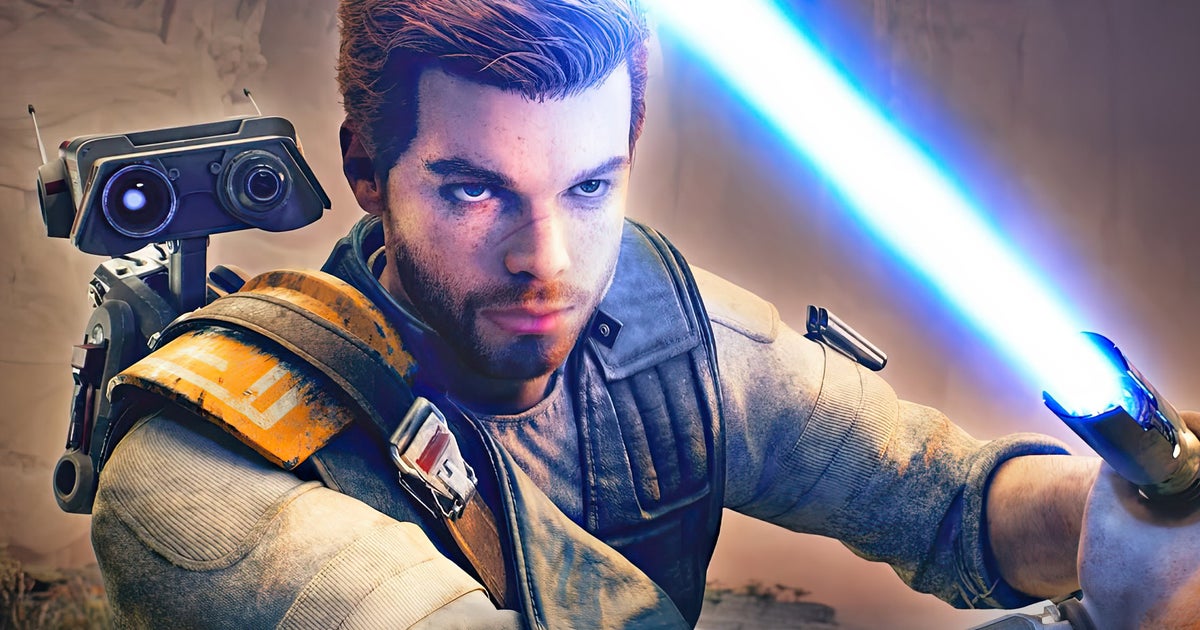Star Wars Jedi: Survivor receives PSSR update on PS5 Pro – and image quality is greatly improved

After several impressive updates to PS5 Pro games introducing machine learning-based PSSR scaling, post-launch issues began to crop up, with several of the games we tested showing some serious issues. First among these was Star Wars Jedi: Survivor, where RT updates were marred by foliage strobing so severe that we had no idea how the patch escaped quality control.
Other affected games have since added FSR toggles or returned to standard scaling, but what’s intriguing about Jedi: Survivor is that a different approach was taken. Developer Respawn says it has implemented the latest version of PSSR, and after reviewing the latest patch we can confirm that there are real improvements.
Looking at the Performance mode first, the ripple and strobing effects are greatly improved – and mostly gone. The notorious riverbank, which previously looked rather disastrous, now looks much cleaner, and there is some speculation that Respawn has put extra effort into whipping the area into shape. Despite the improvements, some problems with PSSR remain, including persistent noise on opaque geometry, and, oddly, there is now an unwanted vignetting effect around the edges of the screen.
However, the improvements are obvious and seem to be due to PSSR and further tweaks by the developer. One way to improve quality would be to increase the resolution, but in our tests the pixel count remained essentially the same and performance was still solid, so there was no attempt to brute-force improve quality in this way.
However, there are still issues that need to be addressed that are more closely related to the ongoing development of the PSSR. We must remind ourselves that PSSR is still a first generation product that will continue to evolve and improve over time. The issues of instability, destruction and noise stand in stark contrast to Nvidia’s older DLSS version of CNN, for example, although in our head-to-head comparisons PSSR seems to show up more harshly in motion.
We also took a look at the game’s Quality mode, which targets 30fps, and while the drop in frame rates is obvious, the resolution improvements make the 4K output from PSSR more convincing, although still somewhat far from the standard set by DLSS at a similar internal resolution. This mode looks fine overall – no vignetting issues – although, again, there are some issues such as black holes in the ray-traced global illumination. This problem was present in the last patch, but it was not solved and, in any case, appears more often than before.
Manage your cookie settings
Ultimately, there is a sense of overall improvement, especially in Performance mode, which is good news. Jedi: Survivor is in reasonable shape overall right now, even if we don’t see the nighttime or daytime improvement over FSR 2’s scaling that we were hoping for from PSSR when scaling with fewer pixels. This is obviously an ongoing project from Sony, and we’re interested in how the recently announced Amythest collaboration between PlayStation and AMD will benefit. We saw FSR 4 at CES 2025 and were genuinely impressed by the Radeon team’s “AI Research Project.”
Beyond Jedi: Survivor, we’ve seen a number of games address their own PSSR issues, either by returning to different scaling solutions (the Silent Hill 2 remake reverted to Epic TSR for performance mode) or by offering the ability to choose between FSR and PSSR, as seen in Alan Wake 2, Avatar and Star Wars Outlaws. Will these and other affected games be updated to the latest PSSR version? We’ll let you know if they do.

